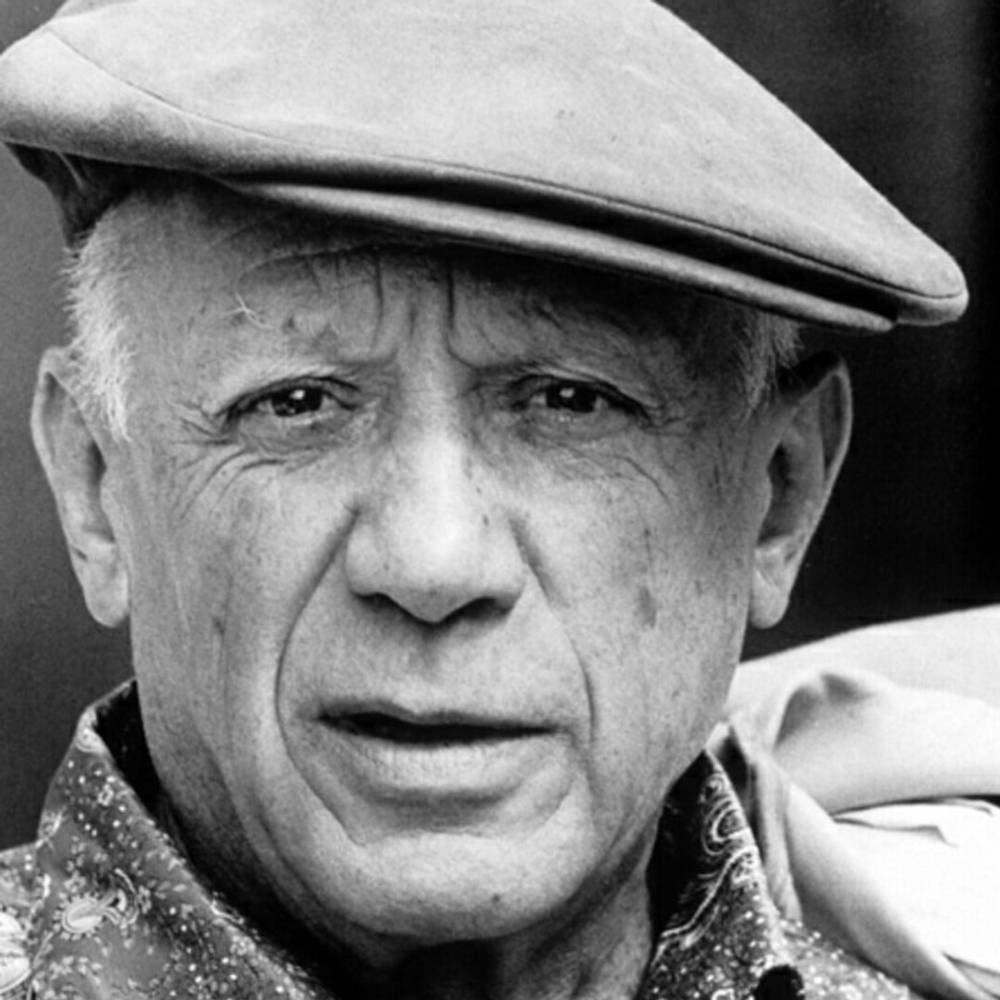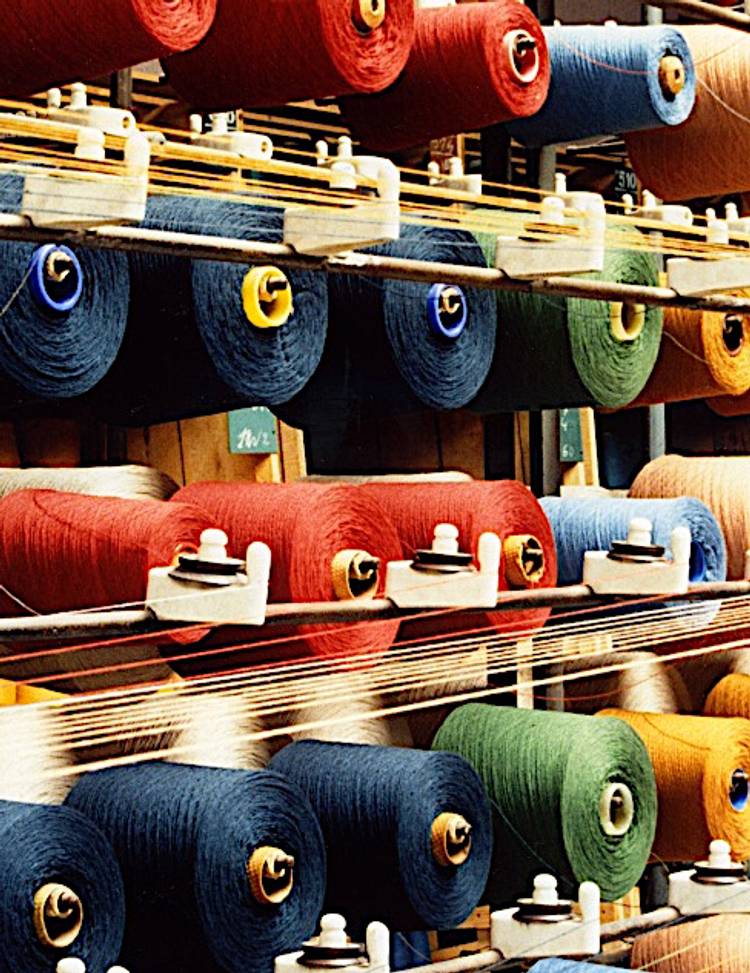An inescapable name in 20th century art, Pablo Picasso was a revolutionary artist who maintained an experimentalist and innovative spirit throughout his more than 92 years of life. Although best known as one of the great masters of painting, being one of the co-inventors of Cubism, he was also a sculptor, engraver, ceramist, writer and set designer, with a prolific artistic body of over 50,000 catalogued works.
Picasso’s Mandolin and Guitar (1924) emerged in response to claims that Cubism was dead, following a riotous Dada event in Paris. His series of nine still lifes from 1924–25, characterized by bold Synthetic Cubist techniques and vibrant colors, countered such declarations and signaled the evolution of his style. Rather than merely revisiting past methods, Picasso infused his work with influences from Surrealism, particularly the organic forms and vivid hues seen in the paintings of André Masson and Joan Miró. The fluid shapes and decorative patterns in Mandolin and Guitar anticipated Picasso’s shift toward a more sensual, biomorphic aesthetic, which would later become prominent in his depictions of Marie-Thérèse Walter.


This work of art is reinterpreted in the workshops of Jules Pansu in the north of France using the jacquard technique that allows complex patterns to be woven that may include up to several thousand warp threads, allowing the faithful reproduction of the shapes and colours of the original. The impeccable execution of this tapestry is a tribute both to the artist himself and to the mastery of his weavers.
For four generations, the family firm founded in 1878 by Jules Pansu has carried on the centuries-old tradition of Gobelins and Aubusson tapestries. Pioneers in the use of Joseph Marie Jacquard's mechanical loom, they demonstrate enviable continuity, reinventing and adapting over time.
Since 2012, the Jules Pansu workshops have been considered "Living Heritage" by the French State, a mark of recognition that distinguishes French companies with craft know-how and industrial excellence.




